A cover letter template is a pre-formatted document that offers a structured outline for writing a professional cover letter. It typically includes key sections such as the sender’s contact information, the date, recipient’s details, a greeting, an introduction, a body paragraph highlighting relevant experience and skills, and a closing statement. Cover letter templates help ensure a clean, professional format and guide users in presenting their qualifications effectively. Using a template can make the process of writing a compelling cover letter quicker and more straightforward.
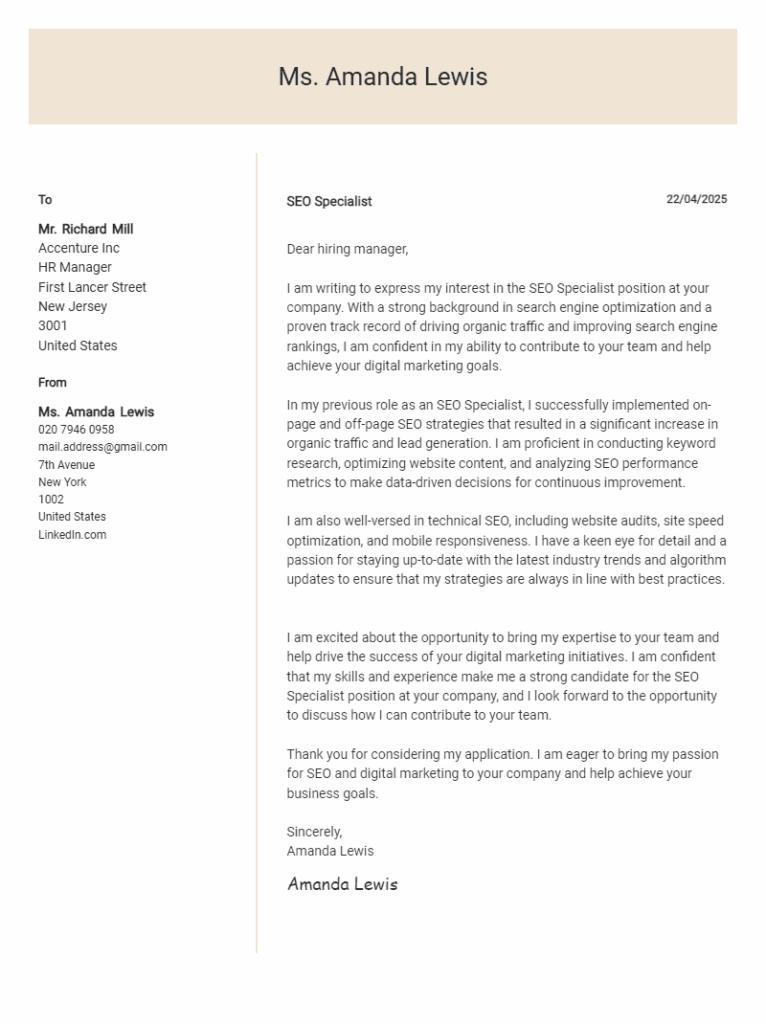
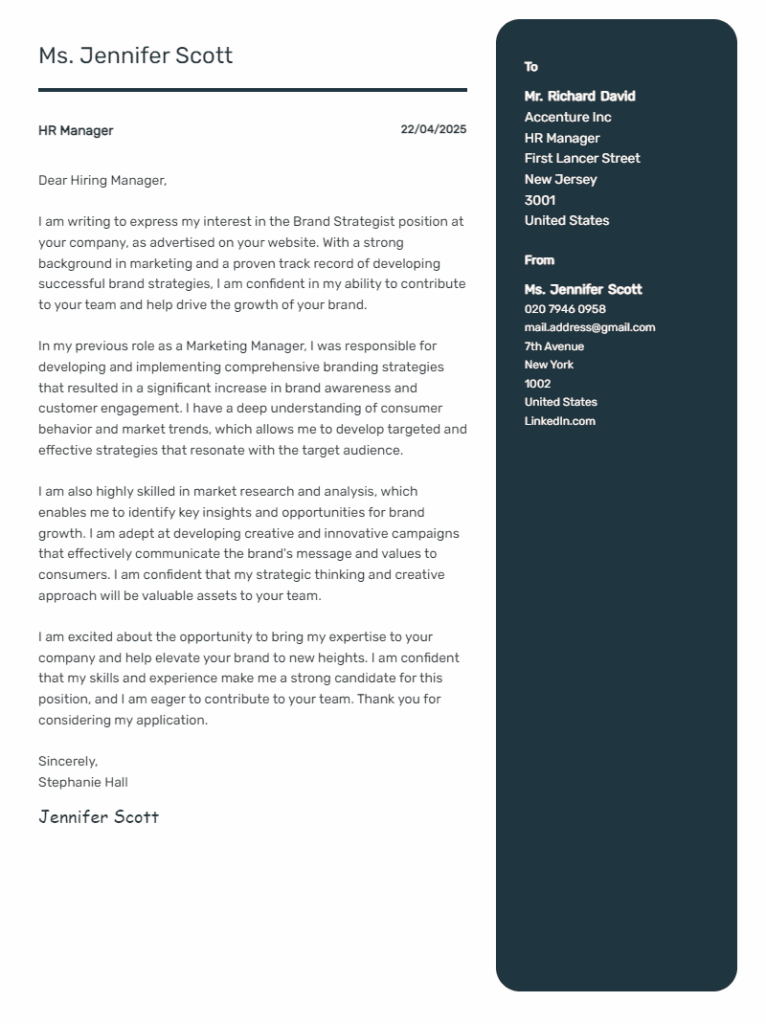
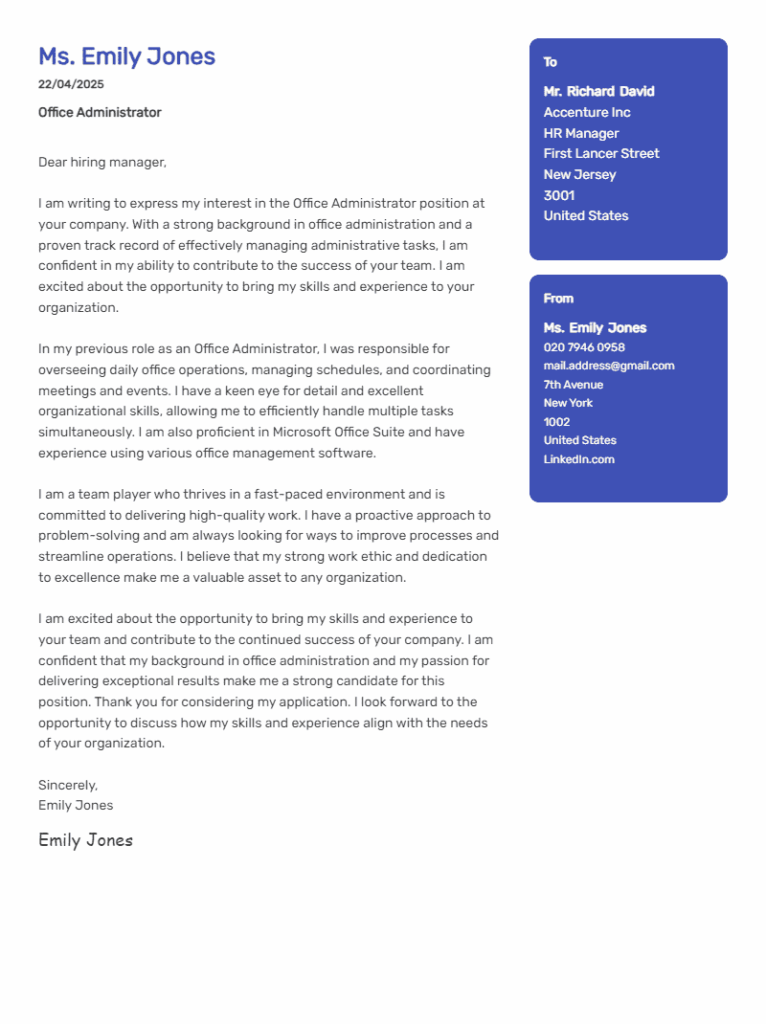
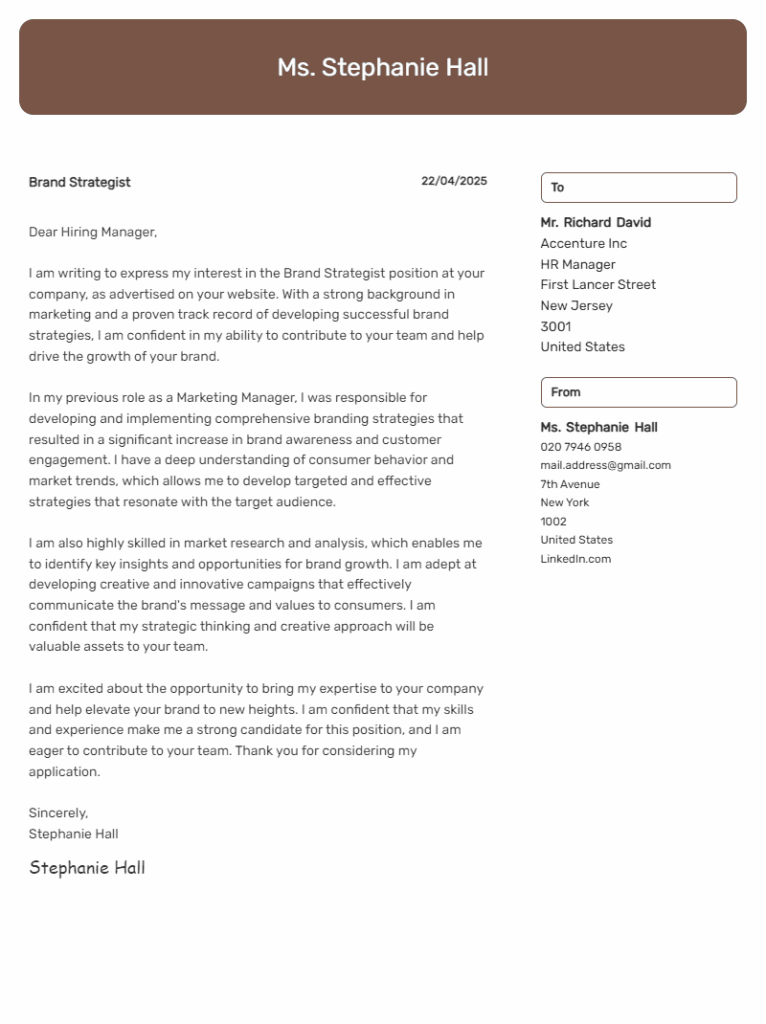
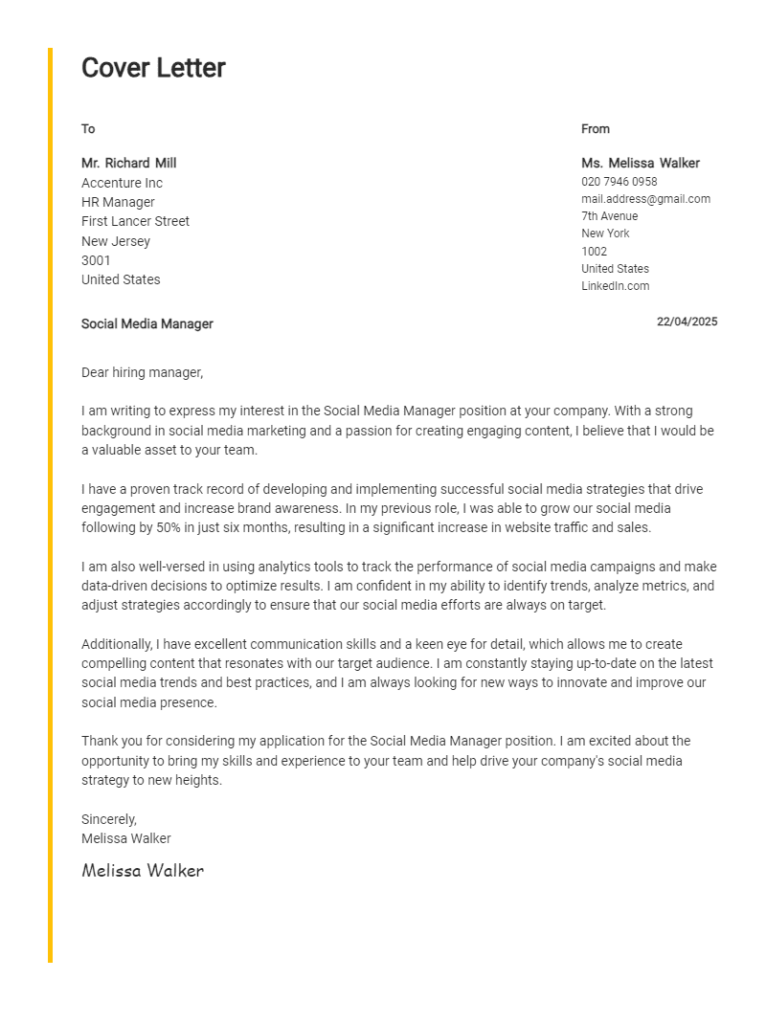
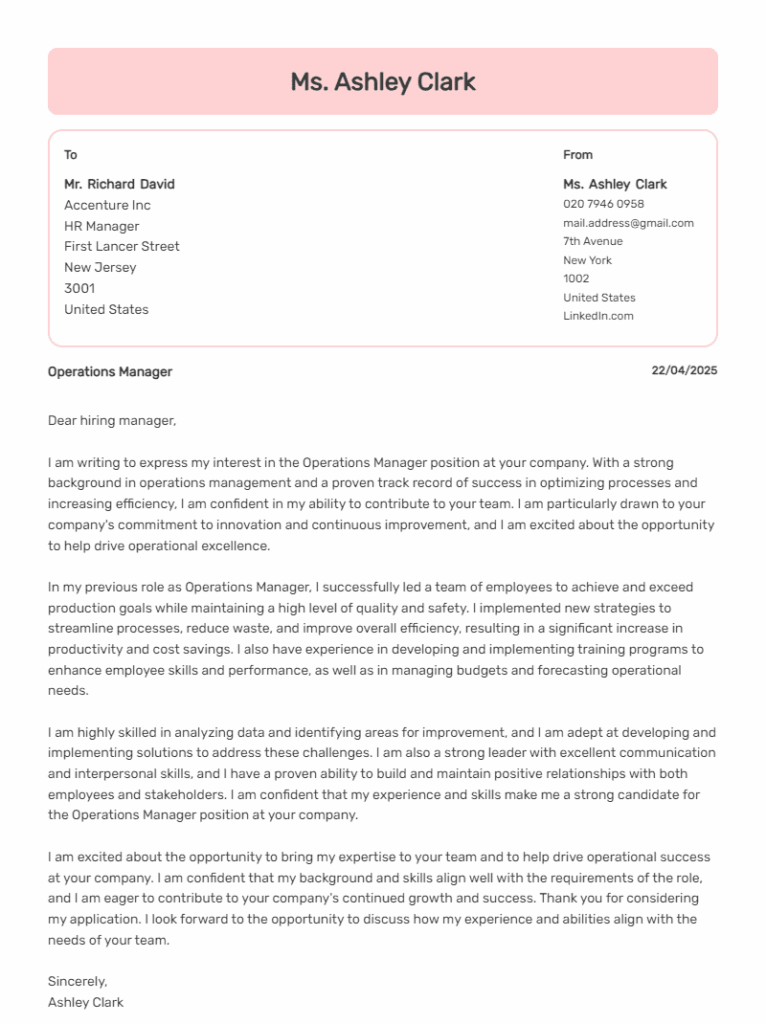
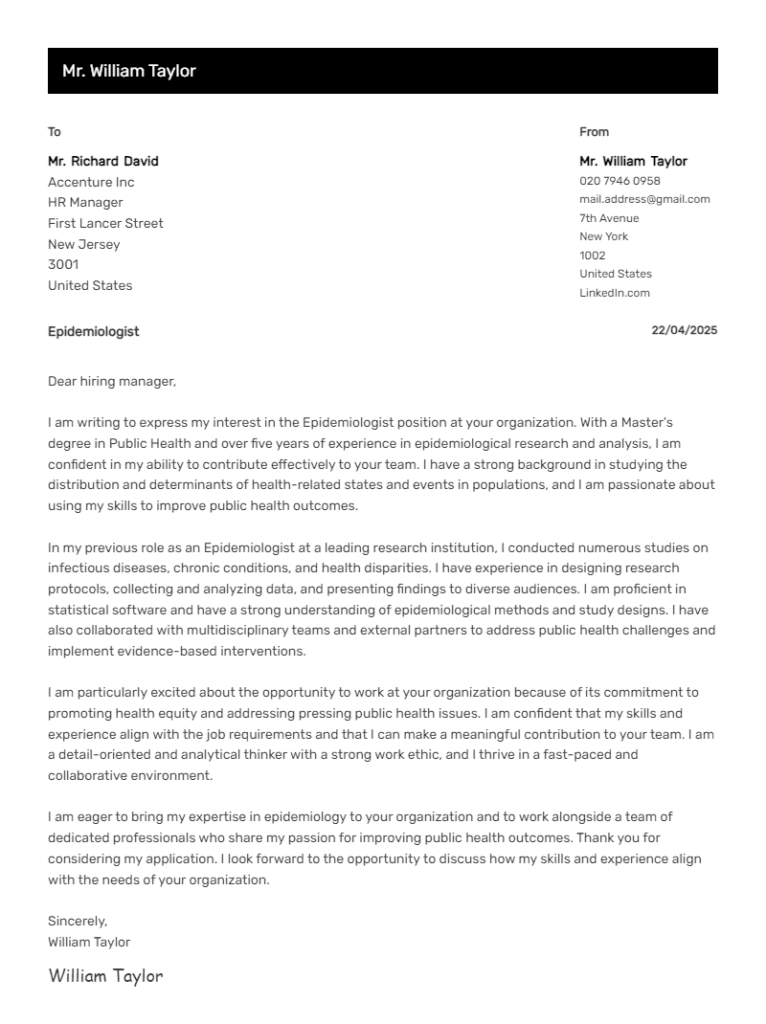
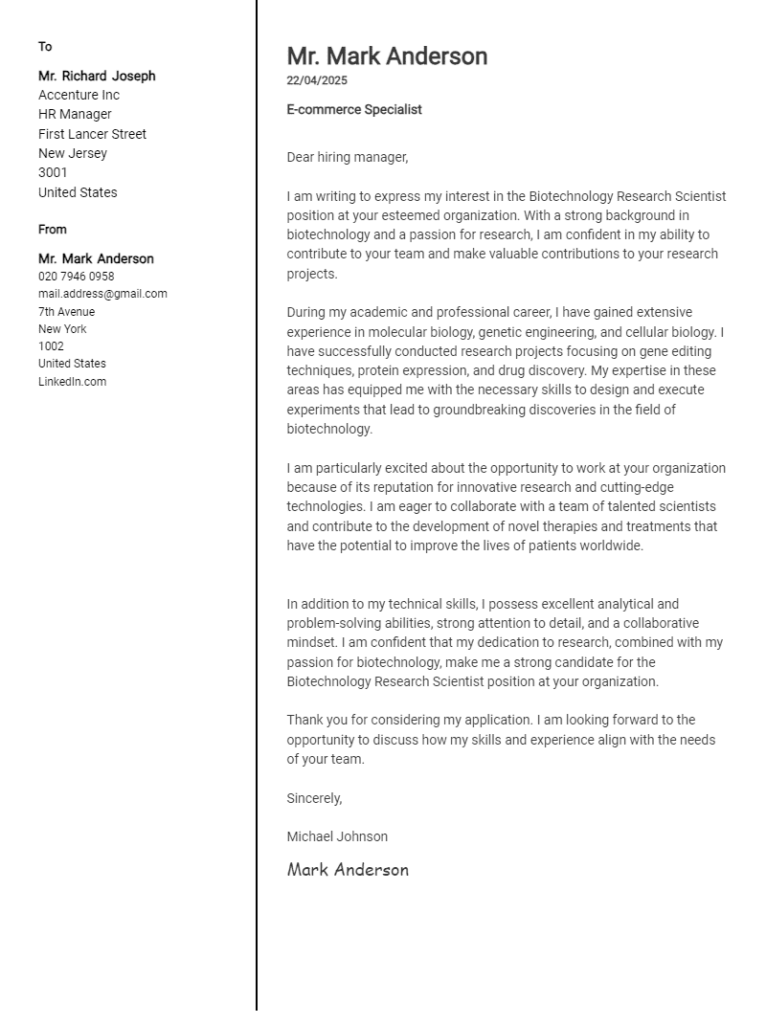
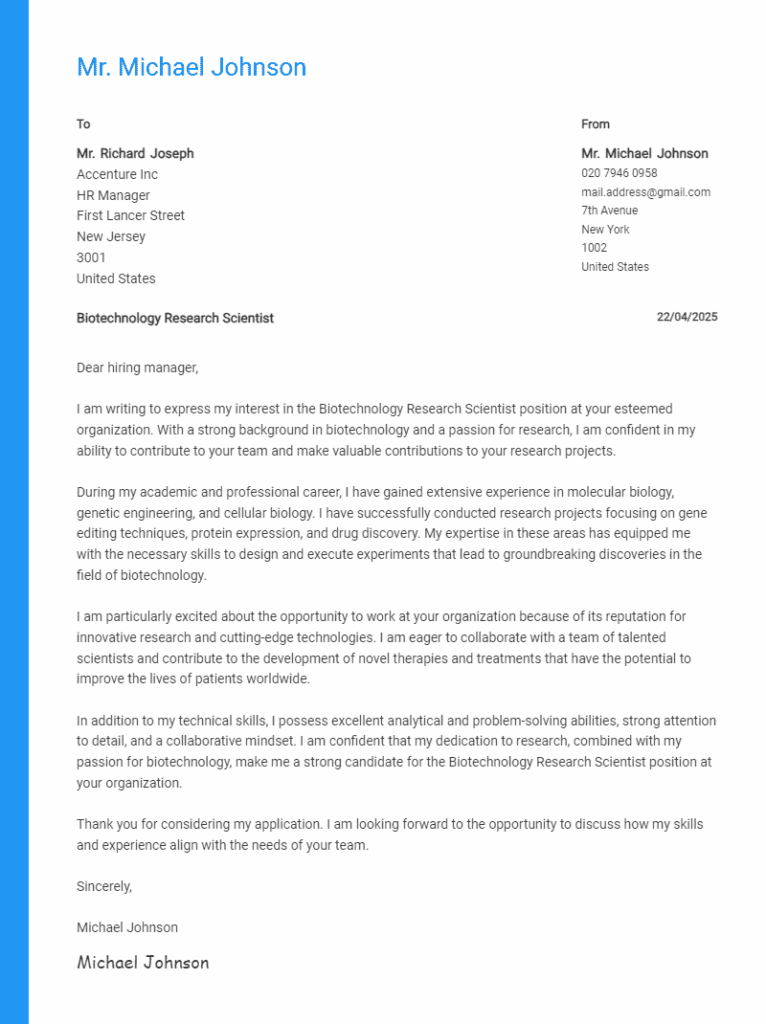
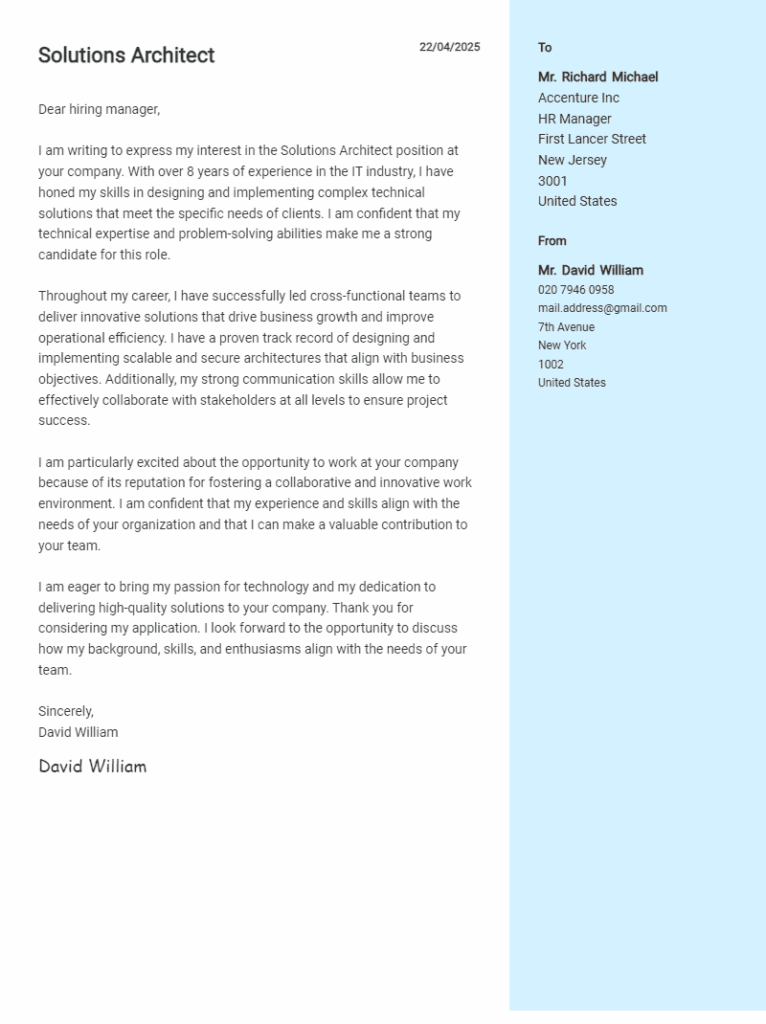
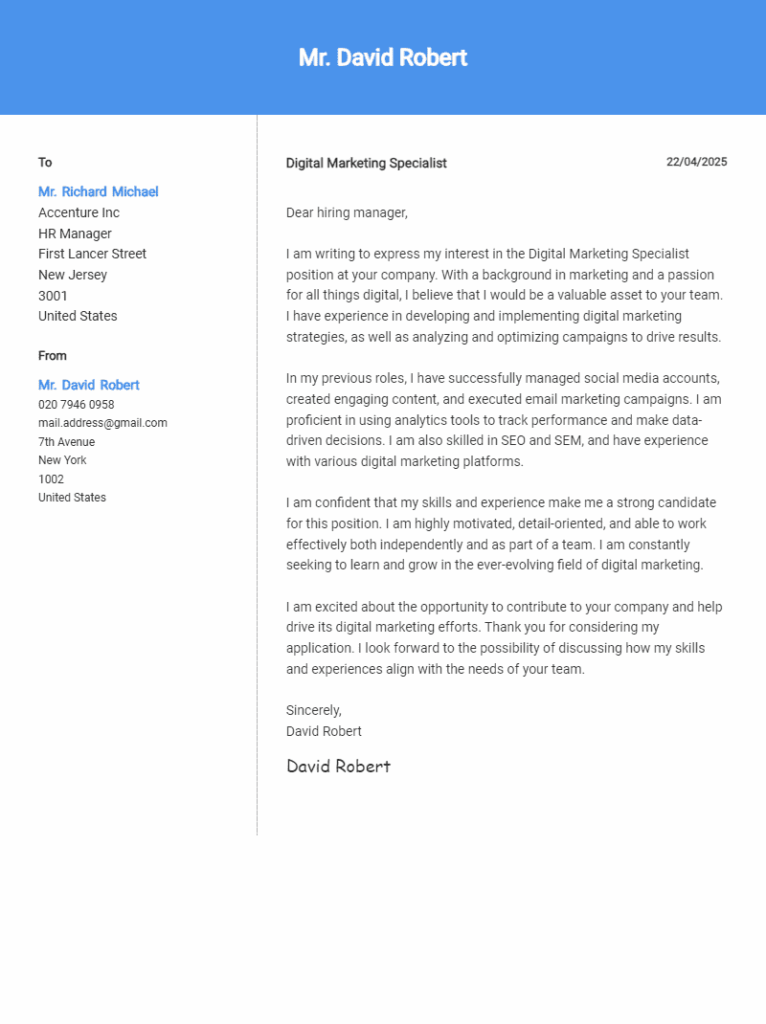
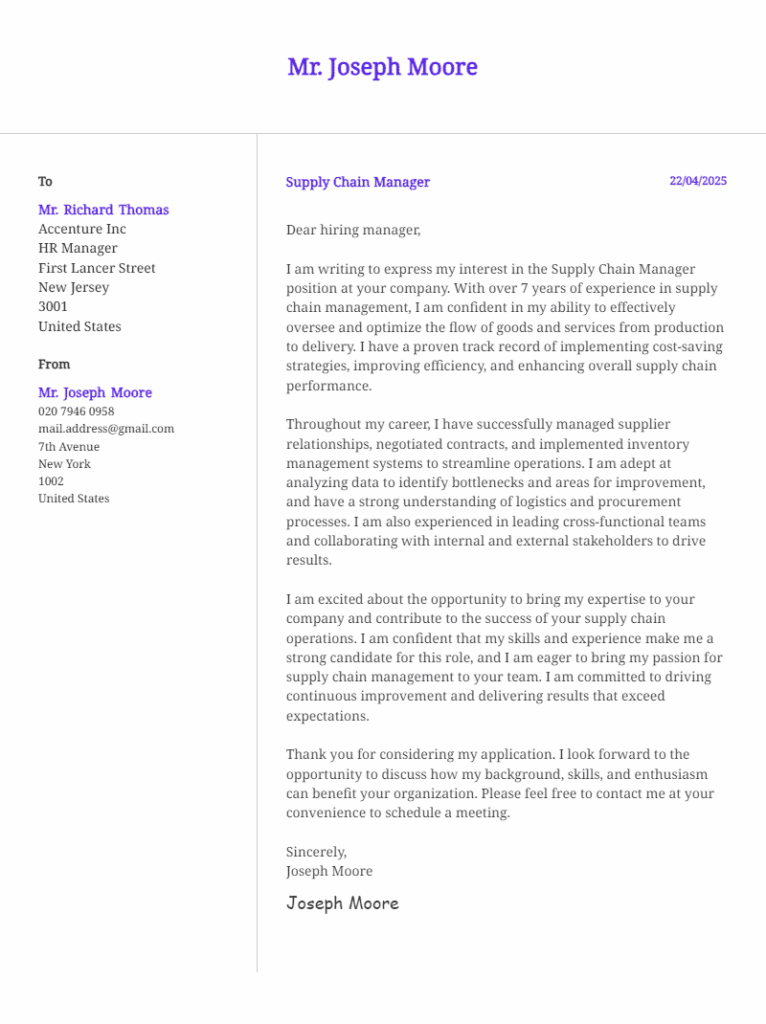
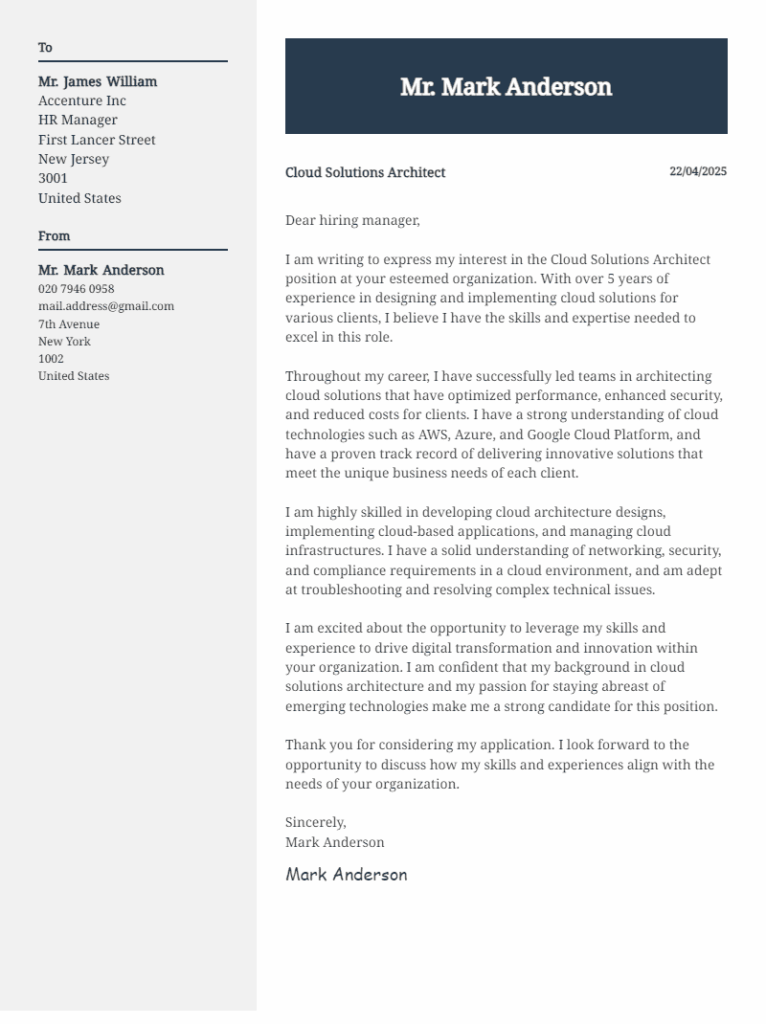
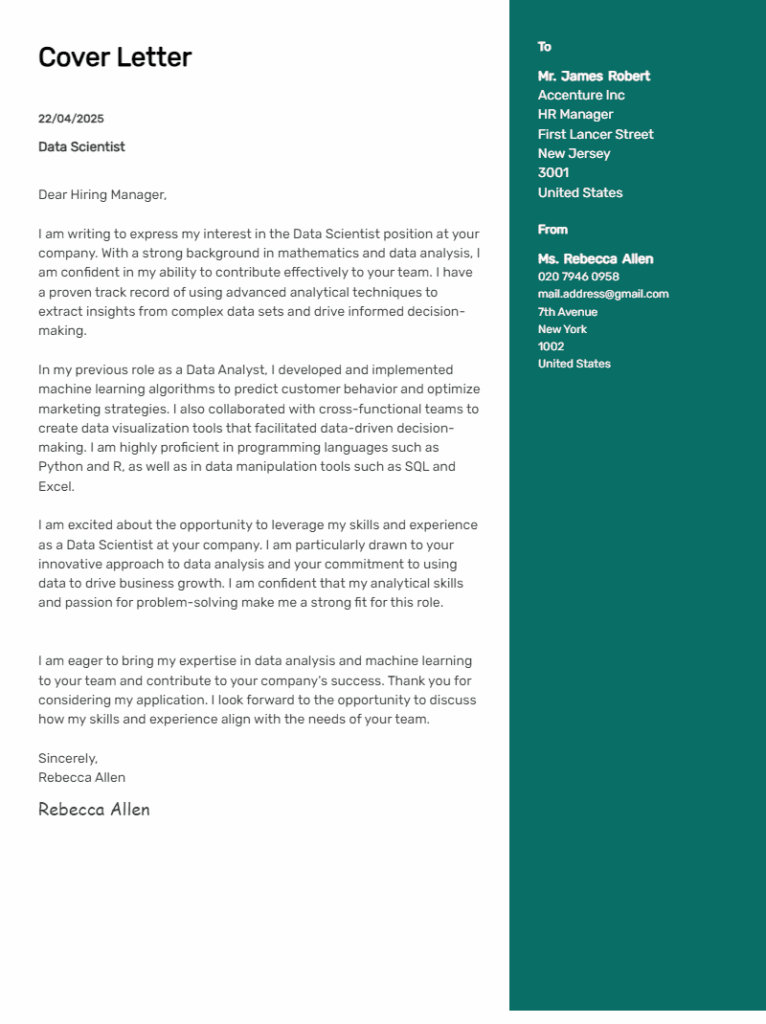
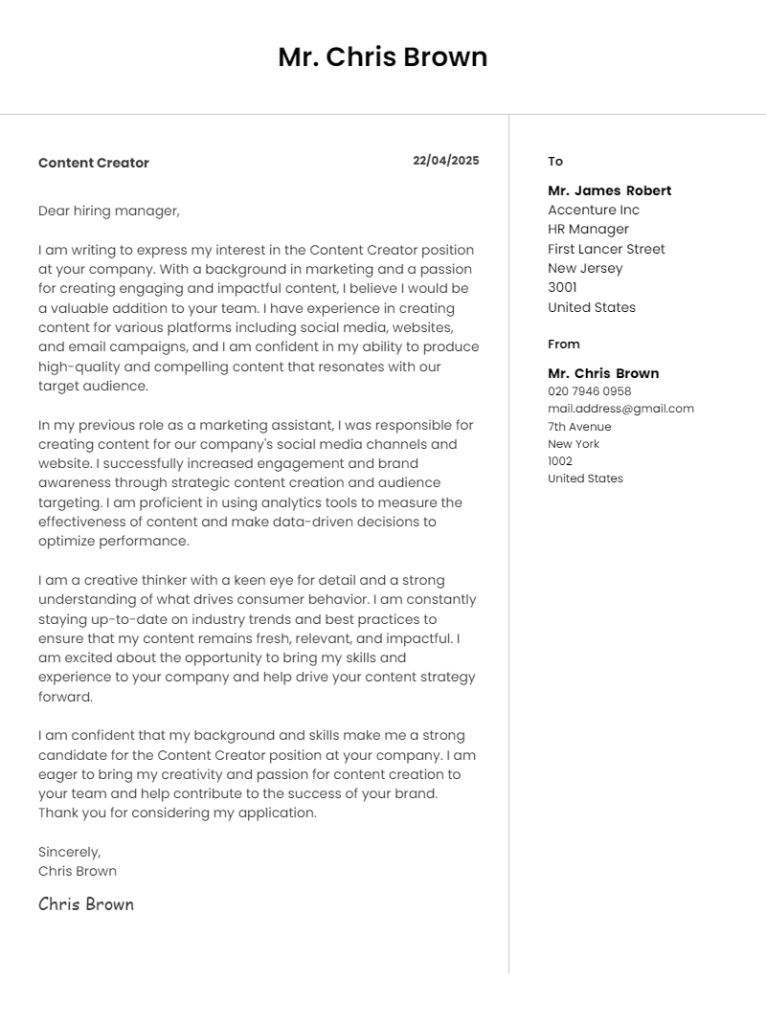
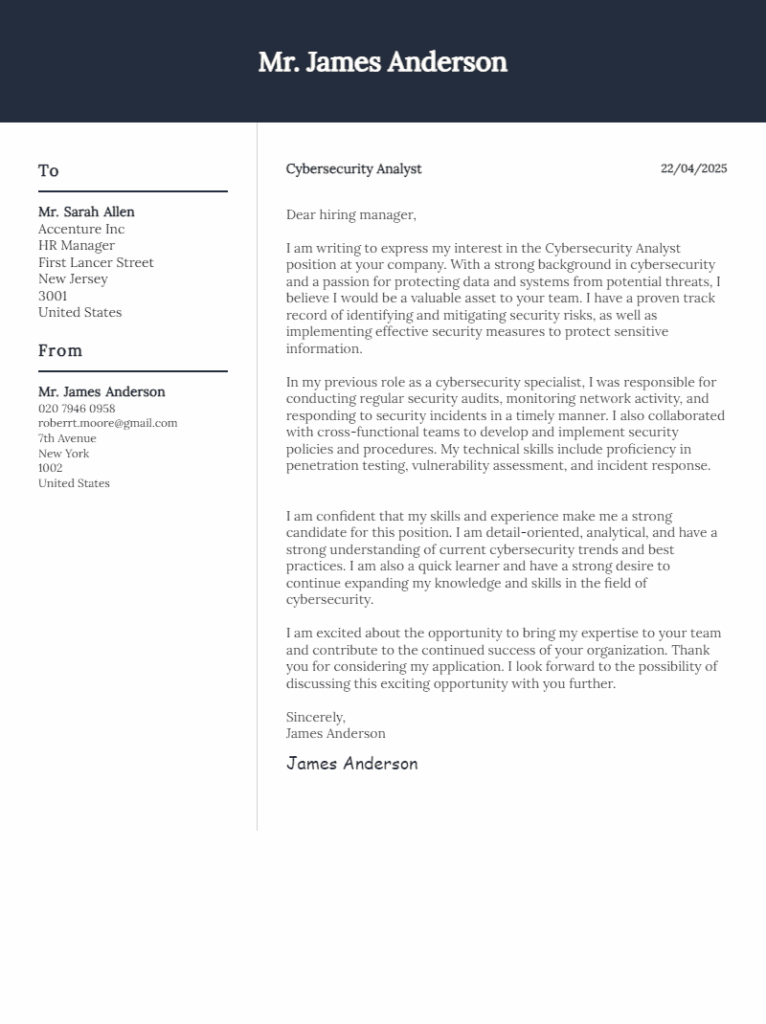
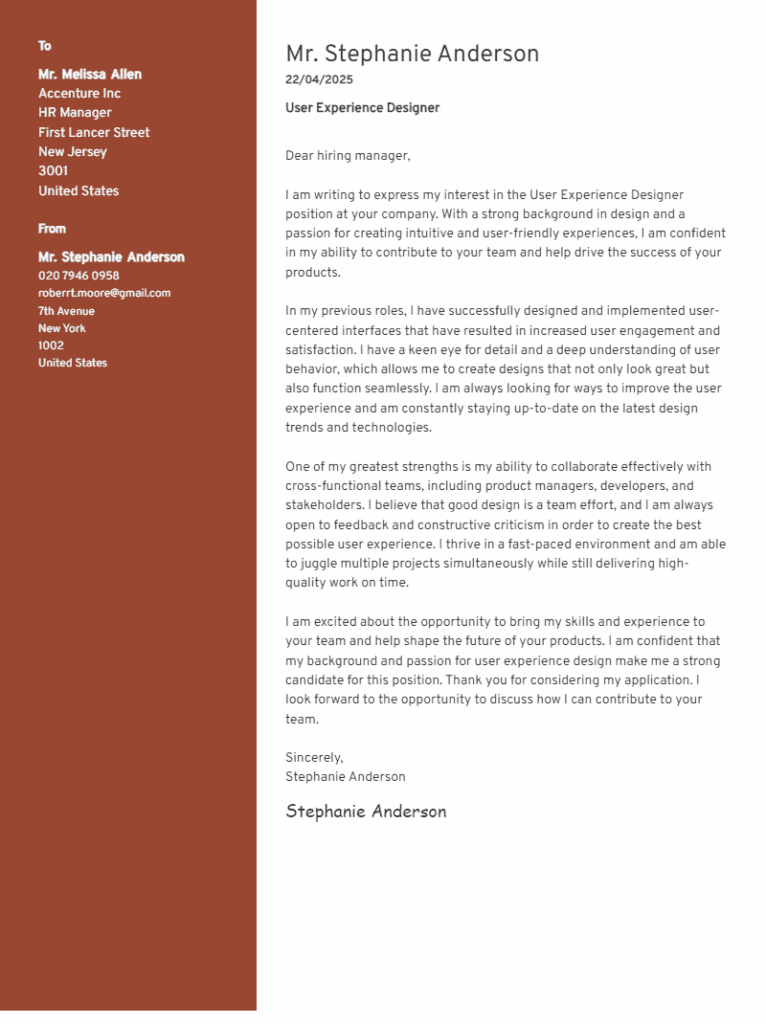
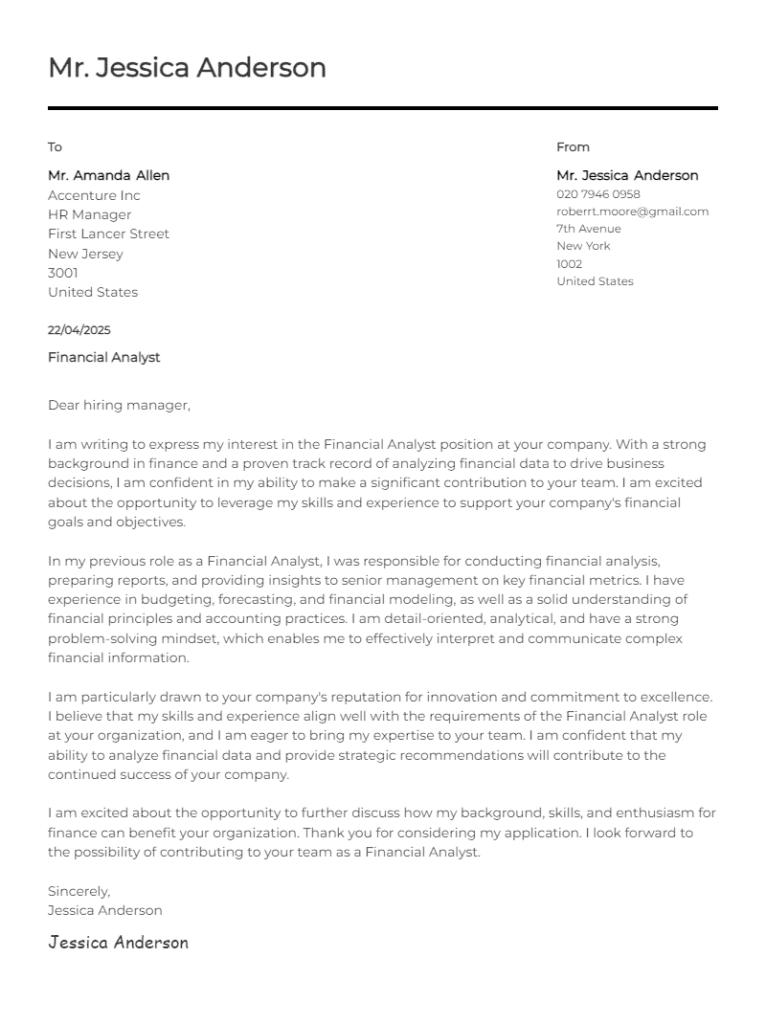
Are you struggling to write an impactful and professional cover letter? You need to make sure that your cover letter stands out from the hundreds of possibilities that a potential employer receives. It is important to highlight your qualifications and experience while making sure to keep it concise and to the point. This Cover Letter Writing Guide will provide you with the tips and advice you need to create an effective cover letter that will secure you a job interview. We’ll cover the necessary components of a cover letter, how to make your cover letter stand out, and provide a sample cover letter to get you started. With this guide, you’ll be able to craft a resume that’s sure to impress.
Be sure to check out our cover-letter-formats, cover letter examples, job description, and career advice pages for more helpful tips and advice.
How to Select a Cover Letter Template
When preparing to write a cover letter, one of the most important steps is to select a cover letter template. Choosing the right template can help you craft an effective letter that will make a lasting impression on the reader.
The type of template you select will depend on your industry and the position you are applying for. Do some research to determine the standard format in your field, and use that as a guide when selecting a template. It is important to note that the formatting of your letter should be clear, concise, and easy to read.
Once you’ve narrowed down your options, consider the look and feel of the template. Does it fit your brand? Does it match the tone and voice of your resume? Does it make a strong impression? If any of these questions are answered with a no, you may want to look for other templates.
Make sure to select a template with a section for a signature. This will provide a professional way to end the letter and give the recipient a clear indication that it has come to an end. Additionally, make sure the template you select has enough space for all of the information you need to include in the letter.
Finally, take some time to review the examples that come with your template. This can give you an idea of how to structure your letter and give you some ideas for what to include. You can also use the examples to practice writing so you can get comfortable with the format before you send out your letter.
Understanding the Basics of Crafting a Professional and Effective Cover Letter
It’s important to understand the basics of crafting a professional and effective document. Your cover letter should provide a snapshot of who you are and why you are the best fit for the job. It should be concise and include only the most relevant information.
To make sure your cover letter stands out, start by introducing yourself and the job for which you are applying. Show the employer that you have taken the time to learn about their company and make a connection between yourself and the role. Provide a summary of your qualifications that detail your skills and experience as they relate to the job.
Be sure to include examples of your expertise and accomplishments that demonstrate why you are a great fit for the job. If you have specific experiences that illustrate how you could contribute to the company’s success, include them in the cover letter.
Finally, be sure to thank the employer for taking the time to consider your application and provide a way for them to contact you. Make sure to proofread the cover letter to ensure it is free of spelling and grammatical errors. Writing a professional and effective cover letter can help you stand out from the competition and increase your chances of securing an interview.
Tips for Writing a Winning Cover Letter: Strategies to Get Your Cover Letter Noticed
Your cover letter needs to be clear, concise, and tailored to the job you’re applying for in order to stand out from the competition. It should be tailored to the job you’re applying for and should highlight your qualifications, skills, and experience, as well as your enthusiasm for the position.
When writing your cover letter, it’s important to keep a few strategies in mind in order to get your letter noticed. First, make sure your letter is well-organized and easy to read. Use bullet points or short paragraphs to make your letter easier to digest. Also, avoid being too general in your letter, and tailor it to the specific job you’re applying for. Include concrete examples of your skills and experience that show you’re the best candidate for the job.
Finally, make sure you use proper grammar and punctuation. Your letter should be free of typos and errors, as this will reflect poorly on you. Proofread your letter carefully, and consider having a friend or family member read it over to make sure it’s error-free.
By following these tips, you’ll be able to write a winning cover letter that will help you stand out from the competition and get your resume noticed. Employers appreciate applicants who take the time to submit a well-written and tailored cover letter, so make sure you don’t skip this important step in the job application process.
Making Your Cover Letter Stand Out: How to Make Your Cover Letter Unique
When you’re applying for a job, your cover letter should be uniquely tailored to the position. It’s not enough to just use a generic template — you need to make sure your cover letter is personalized and stands out from the competition. Here are some tips to make sure your cover letter is unique and memorable.
First, start off strong by making sure your cover letter is specifically written for the position you’re applying for. This means researching the company and the job to get a sense of what the employer is looking for in a candidate. You can also use this research to tailor your letter to the company’s values and culture.
Make sure to highlight the unique skills and experiences that make you a great fit for the position. You should also personalize your letter with anecdotes and stories that showcase why you’re a great candidate. Try to make your examples as concrete as possible.
Finally, make sure to proofread and edit your cover letter. It should have a professional tone and be free of any errors. You should also check that all of the information is up to date and accurate.
By following these tips, you can ensure that your cover letter stands out and makes a great impression on potential employers. With a little bit of effort and research, you can make sure your cover letter is unique and memorable.
Common Mistakes to Avoid When Writing a Cover Letter: What to Avoid When Crafting Your Cover Letter
One of the most important things to keep in mind is avoiding common mistakes. A well-crafted cover letter can make a strong impression on a potential employer and set you apart from other applicants. However, a poorly written letter can make it difficult for employers to take you seriously. To make sure you’re putting your best foot forward, here are some common mistakes to avoid when writing a cover letter.
First, don’t address your letter to a generic “To Whom It May Concern.” This is a lazy approach that won’t make a good impression on your potential employer. It’s always better to address your letter to a specific person. If you’re not sure who the hiring manager is, try to find out before you send the letter.
Next, make sure you avoid cliched phrases and language. Employers have likely seen hundreds of cover letters, and they can spot a generic letter a mile away. If you want to stand out, make sure you use language that is specific to the job you’re applying for.
Also, be sure to proofread your letter for any mistakes. Typos, spelling mistakes, and grammatical errors can be a major red flag for potential employers. Before you submit your letter, make sure to read it over and check for any errors.
Finally, don’t be afraid to be creative. Your cover letter is your chance to showcase your personality and make a strong impression on a potential employer. Don’t be afraid to think outside the box and be bold with your writing.
By avoiding these common mistakes when writing a cover letter, you’ll be able to make a great first impression and stand out from the rest of the applicants. You’ll have a much better chance of getting the job or internship you’re applying for if you take the time to craft a thoughtful and personalized letter. Good luck!
Cover Letter Writing Do’s and Don’ts: Essential Advice for Writing a Winning Cover Letter
There are some important do’s and don’ts to keep in mind. Writing a winning cover letter can help ensure your application is noticed and can make a good impression. Here are some essential tips for writing a successful cover letter.
Do’s:
- Start with an attention-grabbing introduction. Make sure the introduction catches the reader’s eye and is reflective of your writing style.
- Highlight your qualifications in a professional way. This is your chance to show the employer your knowledge and skills that make you the best candidate for the position.
- Tailor your cover letter to the specific job description. Show the employer how your skills match up with the job requirements.
- Keep your cover letter to one page. This will help make sure the employer can quickly read and understand your message.
- Proofread your cover letter before submitting it. A well-crafted and error-free cover letter is essential if you want to make the right impression.
- Use a professional tone and language. Avoid using words like “I think” or “I believe”—stick to concrete facts and tangible results.
- Highlight your accomplishments and relevant experience. Mention any awards or recognition you’ve received, or discuss any special projects you’ve worked on.
- Describe how you could benefit the organization. Focus on the value you can bring to the position, rather than why you want the job.
Don’ts:
- Don’t submit a generic cover letter. Employers can tell when a cover letter has been used multiple times and it will not be well-received.
- Don’t use a cover letter to explain gaps in your work history. Employers are more interested in finding out what you can do for them, not why you have been away from the workforce for a period of time.
- Don’t use a cover letter to list your references. A list of references should be submitted separately.
- Don’t include negative information. Your cover letter should focus on your strengths and what you can bring to the job.
- Use the cover letter to provide more detail about your qualifications and how they match the job requirements.
- Use the cover letter to explain any gaps in your work history. Explain that you used the time away to gain new skills, pursue additional education, or take care of personal matters. Focus on the positive and how the experience has made you a stronger candidate.
- Use the cover letter to highlight any volunteer or freelance work you may have done during that
Why Our Cover Letter Templates Save’s your time
Writing a great cover letter can be a daunting task. With so many different elements to keep track of, knowing where to start can be a challenge. Thankfully, with our cover letter templates, you can easily create an impactful cover letter in no time.
Our cover letter templates provide you with an easy-to-follow format that you can use as a starting point for your own letter. By following the template, you can quickly craft an effective and professional cover letter that highlights your skills and experience. Our templates are designed to help you create a letter that stands out from the competition.
Not only will our templates save you time, but they can also help you make a strong impression. With a professional and well-crafted cover letter, you can show employers that you are the ideal candidate for the job. Furthermore, by incorporating the specific requirements of a position into your letter, you can show employers that you understand what the job entails.
Not only are our templates comprehensive and easy to use, they also help you avoid common mistakes that could put your job application at risk. By following the advice of our experts, you can ensure that your cover letter is accurate and mistake-free.
Our cover letter templates are the perfect resource for job seekers looking to save time. They are designed to help you create an effective and professional document that will make a lasting impression on potential employers. With our templates, you can easily create a comprehensive and impactful letter that will make you stand out from the competition.
In addition to these resources, be sure to check out our resume formats, resume examples, and resume templates for more helpful tips and advice.
Frequently Asked Questions
What do I write in a cover letter?
What do I write in a cover letter? Knowing what to include in your cover letter can be daunting and overwhelming, especially if you’re just starting out. To ensure your cover letter is effective, here are some tips to help you write an effective cover letter.
First, be sure to introduce yourself and explain why you’re writing the cover letter. The opening paragraph should explain why you’re writing and how the job opening relates to your experience and qualifications.
Next, make sure to highlight the skills, experience, and knowledge that you possess that make you a suitable candidate for the position. Include any relevant accomplishments that demonstrate your ability to meet the job requirements.
Finally, make sure to mention any relevant awards, certifications, or licenses that you have earned. These qualifications may give you an edge over other candidates and demonstrate your commitment to success in the field.
Is a cover letter a CV?
A cover letter, also known as an application letter, is an important document used to support a job application. It is often sent along with a resume or cover page and provides additional information about your qualifications and experience. A cover letter should be tailored to a specific job and showcase why you are the best candidate for the position. It should be engaging, clear, and concise, and should be tailored to the role you are applying for.
So, is a cover letter a CV? The short answer is no. A CV (curriculum vitae) provides a comprehensive overview of your professional qualifications, skills, and experience. Unlike a CV, a cover letter is tailored to a specific job and should focus on demonstrating why you are the most qualified candidate for the role. Cover letters are typically one page in length and should include compelling examples of your relevant experience and skills.
When writing a cover letter, it is important to consider the employer’s expectations and showcase your experience in a concise and engaging manner. Cover letter templates can be a helpful tool for crafting a convincing and professional cover letter. However, it is important to tailor the letter to the specific job and make sure that the content is authentic and relevant to the role.
What does a cover letter means?
A cover letter is a one-page document that introduces you to potential employers and serves as an additional way to showcase yourself and your qualifications. It typically accompanies your resume when applying for a job. Not only does it provide an opportunity to explain why you are the perfect candidate for the role, but it also serves as an opportunity to spark the interest of the employer and to encourage them to read your resume.
Cover letters are an invaluable part of the job search process and are essential when applying for a new opportunity. It’s your chance to make a strong first impression and to stand out among other applicants. Writing a great cover letter is an art form and requires attention to detail, strategy, and creativity.
Your cover letter should be concise and succinct, highlighting your strengths and experiences that make you an ideal candidate for the role. It should include examples of how your skills and qualifications match the job requirements and show employers why you are a great fit for the job. The cover letter should also explain why the role is the right fit for you and what you can offer the employer.
When writing a cover letter, it’s important to tailor it to the specific job you’re applying for. The cover letter should be tailored to the job you’re applying for, and reflect the skills and experiences that make you an ideal candidate. It should also include your contact information such as your name, address and phone number, as well as the job title and company you’re applying to.
What are the 3 types of cover letters?
Cover letters are one of the most important components of a job application package, as they provide a personal touch and introduce you to potential employers. As the job market has become increasingly competitive, cover letters have become an essential part of the application process. It is important to understand the three types of cover letters and how they can be used to create a successful job application.
The most common type of cover letter is the traditional format, which is used to introduce yourself to a potential employer and explain why you are a good fit for the role. It should include a brief summary of your skills and experience, a statement of interest, and your contact information. It should also demonstrate your enthusiasm and professionalism, as well as provide an opportunity to showcase your writing skills.
The second type of cover letter is the targeted format, which is used to address a specific job opening. This type of letter is more focused than the traditional format, as it should include specific details about why you are a good fit for the role and what skills or experience you possess that are relevant to the position. It should demonstrate a deeper understanding of the role and provide the employer with a more detailed picture of your qualifications.
The last type of cover letter is the networking format, which is used to make connections and create relationships with potential employers. This type of letter is less formal, as it focuses on highlighting your personal strengths and leveraging your network to build relationships. It should provide a summary of your skills and experience, as well as a brief explanation of why you think you would be a good fit for the job.
What should you not include in a cover letter?
Writing a cover letter is an important part of the job application process. It is the document which introduces you and your skills to the potential employer. Therefore, it is essential to ensure that your cover letter is well-written and accurately portrays your experience and qualifications. However, there are certain things you should not include in a cover letter.
Firstly, while it is important to highlight your skills and experience, do not repeat your resume in your cover letter. Your cover letter should provide employers with more information as to why you are the ideal candidate for the job. Therefore, you should focus on writing original content and provide additional information which is not included in your resume.
Secondly, avoid providing unnecessary personal information in your cover letter. This includes information about your age, marital status, family and interests. This kind of information does not help to demonstrate why you are the ideal candidate for the job.
Finally, avoid using clichés and empty phrases in your cover letter. Employers want to hear about your skills, experience and qualifications and not generic phrases. In addition, avoid using a generic cover letter for multiple job applications. You should tailor your cover letter to the job you are applying for in order to make it stand out from the crowd.
What are the 5 tips to writing a cover letter?
If you are looking for a job in 2025, a well-crafted cover letter can make all the difference. A cover letter is the first thing a potential employer sees, so it is important to make a good impression. Here are five tips to help you write an effective cover letter in 2025.
Firstly, research the company you are applying to. By understanding their values and goals you can tailor your cover letter to better fit their needs. It is also important to create an organized, professional cover letter that clearly states your skills and qualifications.
Secondly, make sure to customize each cover letter to the position you are applying for. You can demonstrate your knowledge of the particular job by highlighting relevant skills and experiences.
Thirdly, focus on the employer’s needs instead of your own. Your cover letter should show how you are the right candidate for the job, so be sure to discuss how you can help the employer succeed.
Fourthly, showcase your best qualities. Highlight your accomplishments and explain how you can contribute to the company.
Lastly, proofread your cover letter several times. This is your chance to make a great first impression, so make sure to review it carefully for any errors.
By following these five tips, you can create an effective cover letter that will help you stand out from the competition in 2025. With a well-crafted cover letter, you can increase your chances of getting the job you have been dreaming of.
What should a cover letter look like in 2025?
With the world of job applications and cover letters continually changing, it is important to stay up to date on what a cover letter should look like in 2025. A cover letter is an important part of your job application and should showcase your personality and qualifications that make you the perfect fit for the role. In today’s competitive job market, it is essential for a cover letter to have the elements necessary to capture the attention of the employer.
To start, a great cover letter should be tailored to the specific job you are applying for. This means researching the company and its culture, or examining the job description to see what qualities and experiences the employer is looking for. Knowing the company’s mission and values will allow you to make sure that your application materials align with the company’s goals.
When it comes to the actual content of your cover letter, it is important to make sure that it is concise and to the point. It should be no more than one page long and should include your main qualifications, why you are interested in the role, and how you can contribute to the company’s success. Adding specific examples of previous work experiences and how they can benefit the company can help you stand out from the other applicants.
Finally, it is important to make sure that your cover letter is formatted correctly. This includes using the correct font size, spacing, and margins. Additionally, make sure to proofread your cover letter for any grammar or spelling mistakes.